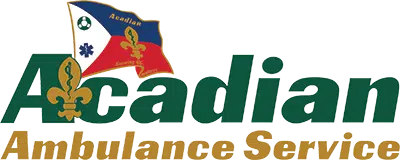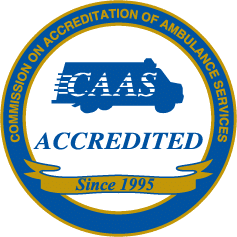Basic Life Support (BLS) ambulances provide transport to patients who do not require extra support or cardiac monitoring. A BLS ambulance is staffed by two emergency medical technicians (EMTs) who have training in basic emergency medical care such as basic airway management, use of an automated external defibrillator and basic drug administration. Examples of BLS transports include:
- Hospital discharges
- Psychiatric discharges
- Basic Life Support emergencies such as lower extremity fractures
- Interfacility transfers
- Transport to dialysis
- Doctor’s offices
Advanced Life Support (ALS) ambulances transport patients who need a higher level of care during transport above those services provided by a BLS ambulance. The unit is staffed by at least one paramedic who has more than 1,000 hours of education and training and are qualified to render advanced life support to patients such as advanced airway management, drug administration and cardiac monitoring under the direction of a hospital. Patients who typically require ALS transport include:
- Medical/surgical patients with a continuous IV
- Patients on a cardiac monitor
- Patients with potential airway compromise
- Any patient deemed to have a potential complication during transport when reported by the sending facility
- Life threatening medical emergencies (For example: respiratory distress, stroke, seizure, or chest pains)












